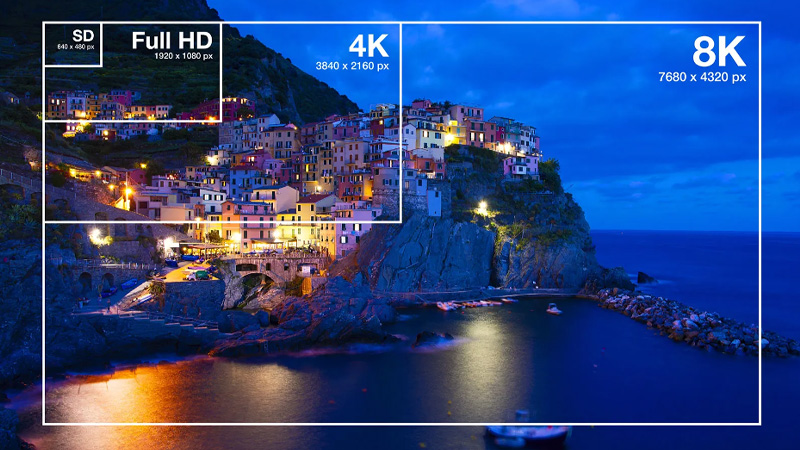
Monitor Resolution Chart: A Visual Guide 2024
Let’s face it. Screens dominate people’s lives.
That said, understanding monitor resolutions can significantly impact your viewing experience. Whether you’re a gamer seeking that ultra-clear edge, a designer craving pixel-perfect precision, or simply shopping for your next upgrade, exploring the various resolution options can be overwhelming.
Do you want to make sense of 4K, 1440p, and everything in between? This guide is your definite go-to resource. Discover how the correct resolution can transform your digital world, one pixel at a time!
1. Defining Monitor Resolution
2. The Significance of Monitor Resolution for Visual Quality
3. Types of Monitor Resolutions
4. Choosing the Right Monitor Resolution
5. Fine-Tuning Your Monitor for Optimal Performance
6. Picture Perfect: The Influence of Monitor Resolution on Performance
7. Image Scaling vs. Resolution
1. Defining Monitor Resolution
Screen resolution plays a pivotal role in determining the clarity and detail of your display.
It’s best to begin with a definition. Monitor resolution refers to the density of pixels that form the visual content on your screen. Screen resolution plays a pivotal role in determining the clarity and detail of your display.
High-resolution screens offer enhanced sharpness and intricate detail, significantly improving readability and visual appeal. On the other hand, lower resolutions can cause visuals to appear blurry or pixelated, hindering the ability to read text and view images effectively.
High resolution creates crisper images and text, leading to a more pleasant viewing experience.
By considering resolution in the design process, developers can create versatile applications that deliver consistent performance and aesthetics, regardless of the device used. This adaptability ensures users enjoy a seamless and visually satisfying experience, whether on a smartphone, tablet, or desktop computer.
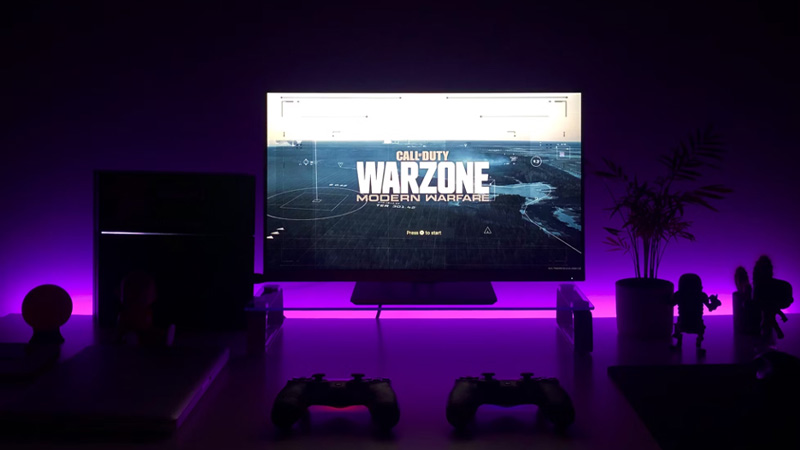
2. The Significance of Monitor Resolution for Visual Quality
Monitor resolution is a critical factor in determining the quality of your visual experience. Resolution refers to the number of pixels that make up the display on your monitor, usually denoted by width x height.
Higher resolutions mean more pixels, translating to more precise and detailed images. This is especially important in tasks requiring fine detail, such as graphic design, photo editing, and gaming. For instance, a 4K monitor with a resolution of 3840×2160 offers four times the pixel count of a standard Full HD monitor, resulting in sharper images and a more immersive viewing experience.
In gaming, higher resolutions can enhance the visual appeal and overall experience. Gamers benefit from greater detail, allowing them to spot enemies or navigate complex environments more efficiently.
Higher resolutions can provide a competitive edge and make the game more visually enjoyable.
However, higher-resolution monitors also require more powerful graphics cards to maintain smooth frame rates, making it essential for gamers to balance resolution with their system’s capabilities. Additionally, many modern games are optimized for higher resolutions, emphasizing the need for a monitor to keep up with these advancements.
For professionals in creative fields, such as graphic designers, video editors, and photographers, monitor resolution is crucial for accurate and detailed work. High-resolution monitors allow for precise color representation and the ability to see fine details without zooming in excessively.
This not only improves the quality of the work but also enhances productivity by providing a larger workspace and reducing the need for constant adjustments. Moreover, as digital content continues to evolve, the demand for high-resolution monitors will likely increase, making it essential for professionals to stay updated with the latest display technology to maintain their competitive edge.
3. Types of Monitor Resolutions
Here are some types:
- 1920×1080 (Full HD):
It’s the most common resolution for modern displays, offering a good balance of image quality and screen size.
- 1366×768 (HD):
A standard resolution for laptops and smaller monitors provides a decent viewing experience for most tasks.
- 1280×1024:
An older standard, it’s still used on some older monitors and laptops.
- 1440×900 (WXGA+):
It’s a widescreen resolution often found on laptops and budget-friendly monitors.
- 1600×900 (WXGA):
Another widescreen resolution, this type offers more horizontal space compared to 1440×900.
- 3840×2160 (4K UHD):
It has ultra-high definition, providing exceptional image quality for large displays.
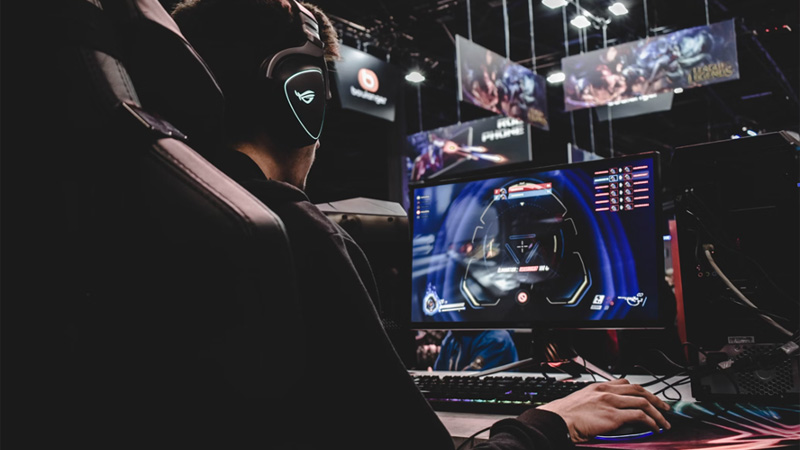
4. Choosing the Right Monitor Resolution
You must align the monitor resolution according to your specific needs. The right choice ensures optimal visual experience and productivity. As shown earlier, there are a multitude of options, so determining the perfect fit for you can be overwhelming.
The ideal resolution varies significantly depending on your primary computer use. Hopefully, the below guide can help you make an informed decision:
- Gaming:
A higher resolution like 1440p or even 4K offers sharper visuals, better detail, and a more immersive experience, especially when paired with a high refresh rate. However, demanding titles might require sacrificing resolution for smoother gameplay.
- Content writing:
Content writers might lean towards a lower resolution, like 1080p, for ample screen real estate to view multiple documents simultaneously.
- General Office Work:
For tasks like word processing, spreadsheets, email, and basic data entry, 1080p provides sufficient detail without overwhelming the user with excessive pixels. It allows for comfortable viewing of multiple documents or windows side-by-side.
- General Browsing:
Websites and images are displayed clearly at 1080p, making it suitable for most online activities. While higher resolutions might offer sharper visuals, the difference is often negligible for everyday web browsing.
5. Fine-Tuning Your Monitor for Optimal Performance
Selecting the perfect monitor resolution can dramatically enhance your viewing experience. The key is finding the right fit for your screen. For instance, a widescreen monitor thrives with a 16:9 resolution like 1920×1080, while a square screen might prefer a classic 4:3 format like 1280×1024.
Pay attention to the importance of DPI settings. This determines how small or large items appear on your screen. Matching your DPI to your monitor’s native resolution can make a difference in clarity and readability.
Remember, the best resolution isn’t always the highest number. It’s about balancing sharpness, comfort, and your monitor’s capabilities. You can transform your screen into a visual powerhouse by carefully considering these factors.
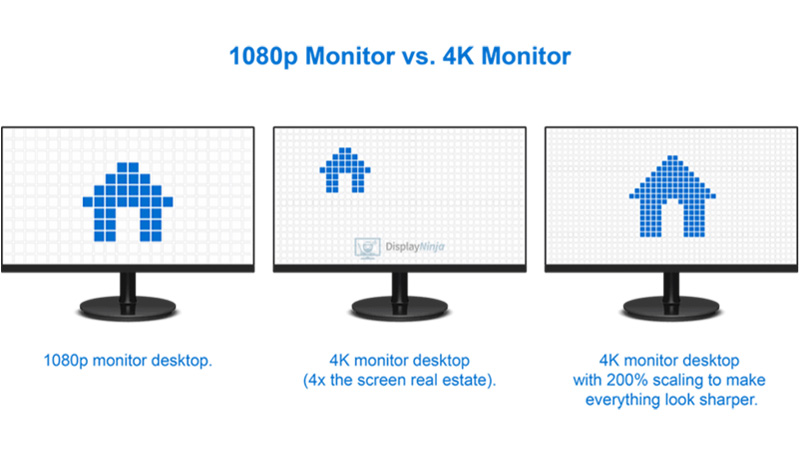
6. Picture Perfect: The Influence of Monitor Resolution on Performance
A higher resolution means more pixels packed into a screen, leading to several key advantages:
- More Screen Real Estate
This extra space is invaluable for both gamers and professionals. For gamers, it allows for a wider field of view, providing a more immersive experience. Players can see more of the game world simultaneously, enhancing situational awareness and reaction time. Professionals, such as graphic designers, video editors, and programmers, can benefit from more workspaces to simultaneously accommodate multiple applications and tools, boosting productivity.
- Sharper Images
Higher resolution translates to sharper images. Each pixel is smaller, resulting in finer details and reduced pixelation. Gamers can appreciate intricate textures, character models, and environmental details, enhancing the overall visual fidelity of their games. Professionals working with images or videos demand accurate color representation and clarity. A high-resolution monitor ensures images are displayed precisely without sacrificing detail or sharpness.
- Better Color Accuracy
While related to image sharpness, color accuracy is a distinct advantage of high-resolution monitors. With more pixels, there’s more significant potential for accurately displaying a more comprehensive range of colors. This is crucial for photography, graphic design, and video editing professionals, where accurate color representation is essential.
Gamers benefit from vibrant and lifelike visuals, enhancing immersion and enjoyment.
- Reduced Eye Strain
Smaller pixels and increased pixel density in high-resolution monitors can contribute to reduced eye strain. This is because the user’s eyes must work less to focus on the image, reducing fatigue over extended periods. This benefit is significant for professionals who spend long hours on the computer and gamers who engage in intense gaming sessions.
- Futureproofing
Investing in a high-resolution monitor can be seen as a future-proof decision. As technology advances, software and applications become more demanding. A high-resolution monitor can handle these increased requirements, ensuring your setup remains relevant for longer. This is especially important for professionals who rely on their equipment for their work.
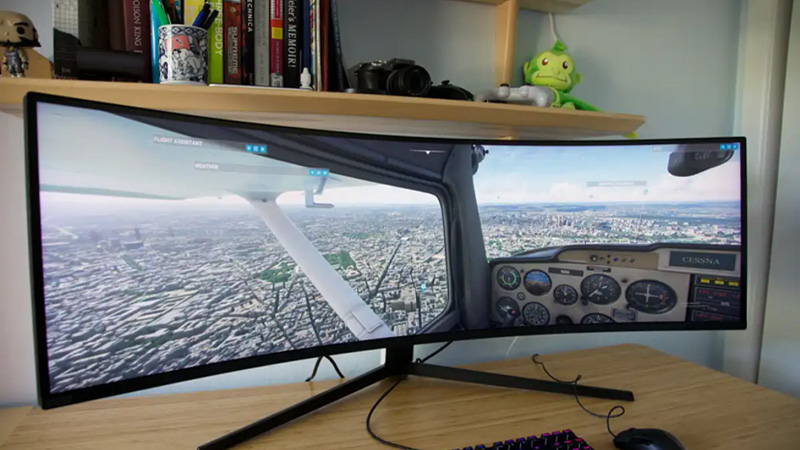
7. Image Scaling vs. Resolution
Image scaling and resolution are distinct concepts. Resolution defines an image’s pixel count, determining its sharpness and detail. Scaling, on the other hand, adjusts an image’s size without altering its pixel count.
Upscaling enlarges an image, potentially reducing quality, while downscaling shrinks it, improving performance but sacrificing detail. Essentially, resolution is the foundation of image quality, while scaling is a method to adapt that image to different display sizes or computational needs.
Knowing the original resolution helps determine the best scaling method for a given task. Upscaling a low-resolution image will result in a blurry output while downscaling a high-resolution image can reduce file size without significant quality loss.
Understanding these terms prevents unnecessary processing. For instance, scaling a high-resolution image to a lower resolution before uploading it can save time and bandwidth.
The difference impacts hardware choices. A high-resolution display benefits from high-resolution content, while image scaling capabilities can improve the viewing experience of lower-resolution content.
It would be interesting to note that indoor LED Displays rely heavily on a resolution for optimal image quality. A higher pixel density results in sharper, more detailed visuals. This is crucial for applications like digital signage, where explicit and impactful content is essential. The proper resolution ensures that images and text are displayed accurately, enhancing viewer engagement and overall experience.

- Energy Saving Display 30% Design
- Standard Modules Front/Rear Service
- Standard Size: 500×250/1000*1000mm
- Display Can Operate at -20°C to 60°C
- With 3 Years Warranty and 5% Spare Parts
8. Final Thoughts
Monitor resolution is the cornerstone of visual experience. Whether you are a gamer seeking immersive worlds or a professional demanding precision, the right resolution is paramount. It’s the canvas upon which digital artistry is painted, the window through which we perceive information.
As technology advances, so will the standards for resolution, pushing the boundaries of visually stunning. Ultimately, a higher resolution means a deeper immersion, greater productivity, and a more satisfying user experience.